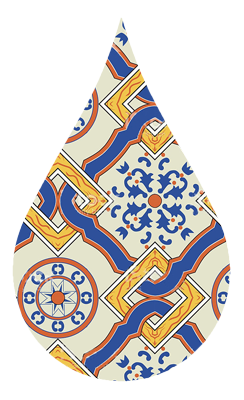

Cultivated throughout Europe, America, and the Mediterranean as both a culinary herb and decorative shrub, this pine-looking plant is adored for its scent. Powerful notes of pine, camphor, pepper, sage, and balsamic all come together to form rosemary’s unique flavor profile.
The slender leaves (they aren’t actually needles) can often be sticky with resin and are very assertive in flavor. Rosemary must be used with a careful hand as it can dominate a dish. The leaves are added to rubs and marinades, stuffed into chickens, or tied to meats about to be used on the grill. Even the branches have culinary uses – de-leaved sticks of rosemary make for excellent kabobs and a bunch of rosemary can be tied together to form a basting brush.
Ground rosemary offers a way to ensure a rosemary-centered rub without the side effect of freshly cut leaves, which can char or fall off whatever it’s been rubbed on. Add it at the last second to tomato sauces before serving for an emphatic rosemary flavor. Add to bread or pasta dough for a rosemary-scented delight that’ll make for a memorable meal.